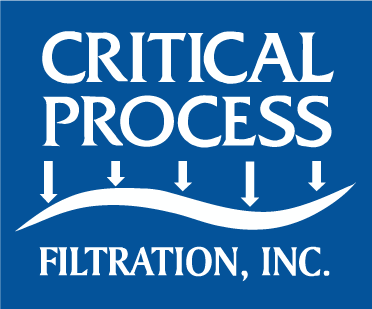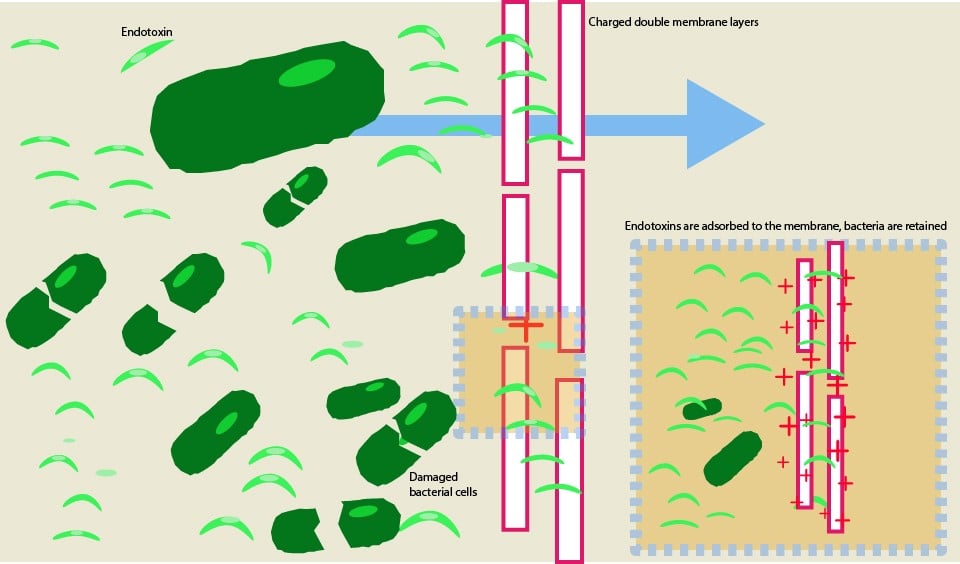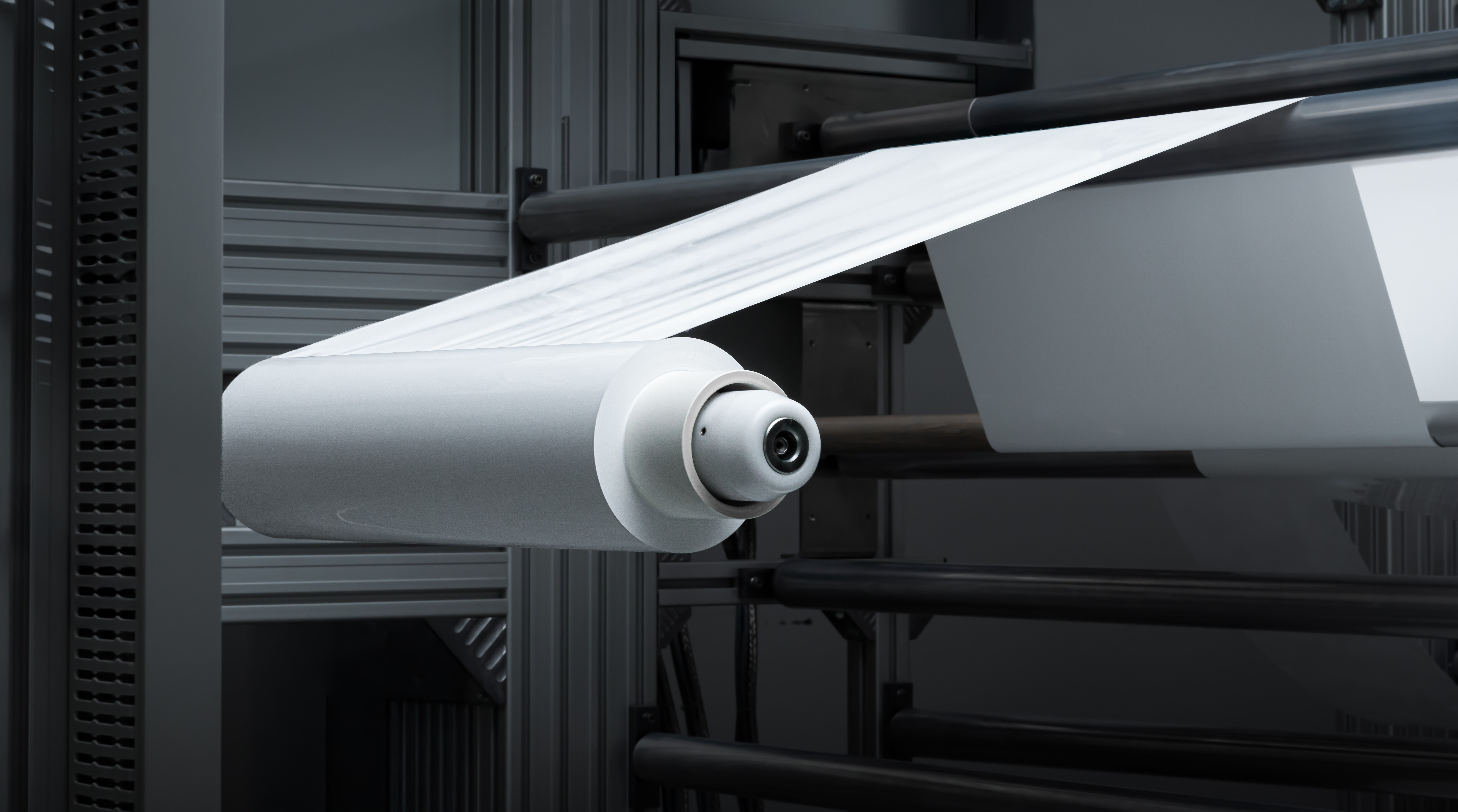Troubleshooting Integrity Testing
Troubleshooting Integrity Testing
Filter integrity testing is a crucial component of maintaining a filtration system. This is particularly important for sterilizing filters used in biopharmaceutical applications. Integrity testing, conducted both pre- and post-use, ensures that the filters are functioning as intended. With proper setup, it can be performed while the filters are installed in the system. Alternatively, users may opt to conduct integrity testing off-line, testing the filter before installation and then removing it to verify its integrity after use. Regardless of the method chosen, the typical integrity test provides a non-destructive approach to assuring and monitoring filter performance.
Types of Integrity Tests
Hydrophilic Filter Testing
Several Integrity tests can be employed. For hydrophilic filters, this typically involves wetting the filter with water and then using one of the following methods:
- Diffusive Flow Test This method measures the diffusional air flow through a water-wetted filter at a pressure slightly below the actual bubble point of the membrane.
- Pressure Decay Test In this method, the upstream side of a wetted filter is pressurized to the required test pressure (typically the same pressure specified for a diffusion test). The pressure is then monitored for decay over time.
- Bubble Point Test This method measures the upstream pressure required to force liquid out of the wetted membrane, resulting in bulk gas flow.
For each of these tests, it is crucial for the filter supplier to clearly define the result that correlates with sterilizing performance.
Hydrophobic Filter Testing
For hydrophobic filters, the possible tests are typically:
- Diffusive Flow Test Measuring diffusional air flow through an alcohol/water wetted filter at a pressure somewhat below the actual bubble point of the membrane.
- Bubble Point Test Same as described above, except the wetting fluid is typically an alcohol water mixture to reduce surface tension enough to wet the filter.
- Water Intrusion Test Measures pressure required to force water into the pores of a hydrophobic membrane
For complete cartridge and capsule integrity test procedures, please refer to the Product Instructions.
False Integrity Test Results
It is highly improbable that a non-integral filter would pass a typical integrity test (false positive). Whether due to filter damage or improper installation (or any other potential cause), there will typically be an open flow path for gas or liquid, which will exhibit flow as soon as pressure is applied on the upstream side, resulting in a failed test.
Unfortunately, there exist several scenarios in which an integral filter may encounter failures, leading to the generation of false negatives. These scenarios include:
- Improper installation within the housing (O-ring damage or slipping, O-ring not properly engaged)
- Improper or incomplete wetting with the test fluid
- Air locking the device
- Upstream leaks before the integrity test apparatus
- Temperature fluctuations
- Test method errors
- Incorrect test selected
- Incorrect wetting fluid or test gas
- Leaks in the integrity test apparatus
- Valves not set properly
Recommendations and Next Steps
We receive numerous inquiries from customers encountering challenges in conducting integrity testing of their filters.
The initial recommendation is to ensure that the filter is securely installed within the test housing and that there are no leaks. Should any issues be identified, they must be rectified prior to retesting the filter.
Following that, a significant challenge we encounter is the incomplete wetting of the filter with the test fluid (typically water, occasionally a water-IPA mixture). Several potential causes for this issue exist:
- Insufficient flushing (flow rate, pressure, or duration)
- Incomplete purging of air from the device (particularly in capsules)
- Device air locking (commonly resulting from improper venting during flushing)
- Incorrect wetting fluid (some filters necessitate a wetting fluid other than water)
When testing a filter post use, it is crucial to ensure that the process fluid is fully flushed to prevent interference with the test results.
- Residual product left on the filter can potentially inhibit wetting.
- Residual product may affect the surface tension of the wetting fluid.
- If the process fluid is used as the wetting liquid, it is essential to verify that any necessary test setting adjustments have been made.
Additional challenges arise when utilizing one of the automated integrity test systems available. In some instances, these issues can be attributed to wetting. In other cases, they are the result of not configuring the appropriate system parameters for the filter being tested.
Examples:
- Incorrect parameters set for the filter being tested
- System leaks
- “Invalid” vs “Fail” test
- A result returning as “invalid” does not necessarily indicate an integrity failure. It suggests that there was an issue during the test that prevented it from completing successfully.
Steps to take after a filter fails an integrity test
- Carefully inspect the test apparatus and housing to ensure there are no leaks in the system. Verify that the filter is properly installed with the O-rings intact. If using an automated tester, ensure that all parameters are set to the appropriate values.
- Rewet the filter carefully, following the filter manufacturer’s wetting instructions.

NOTE: If air locking is suspected, the filter must be thoroughly dried before rewetting.
-
-
- Ensure that the filter housing is properly vented.
- Fill the test housing slowly to prevent air locking.
- Close all vents and outlet connections.
- Pressurize the filter housing with the outlet closed to the recommended pressure; hold for the recommended time.
- Open the outlet valve to achieve the recommended flow and/or differential pressure.
- Flush the filter for the recommended time.
-
- Conduct an integrity test on the filter.
If the filter fails again, it is possible that the issue is related to wetting. Please review the following:
- Was the result a marginal failure or a gross failure? Marginal failures are typically indicative of a wetting problem. Gross failures could suggest a filter defect.
- Was the result an improvement over the initial test – i.e., a lower diffusion value or a higher bubble point? This may still indicate a wetting issue rather than a defective filter.
If the result improved, or you are attempting to verify filter integrity after use, the final step to consider would be to immerse the filter in an alcohol-water mixture and repeat the test once more. This procedure will ascertain whether there is a wetting issue or an actual defect within the filter.
If All Else Fails...
If you are still encountering difficulties with integrity tests, please contact your filter supplier for further guidance. They can assist in assessing the issues and recommending appropriate actions. If the filter is determined to be non-integral, they may request that it be returned for additional testing and evaluation.
For further information or assistance with your specific issue, please contact technicalservice@criticalprocess.com.





